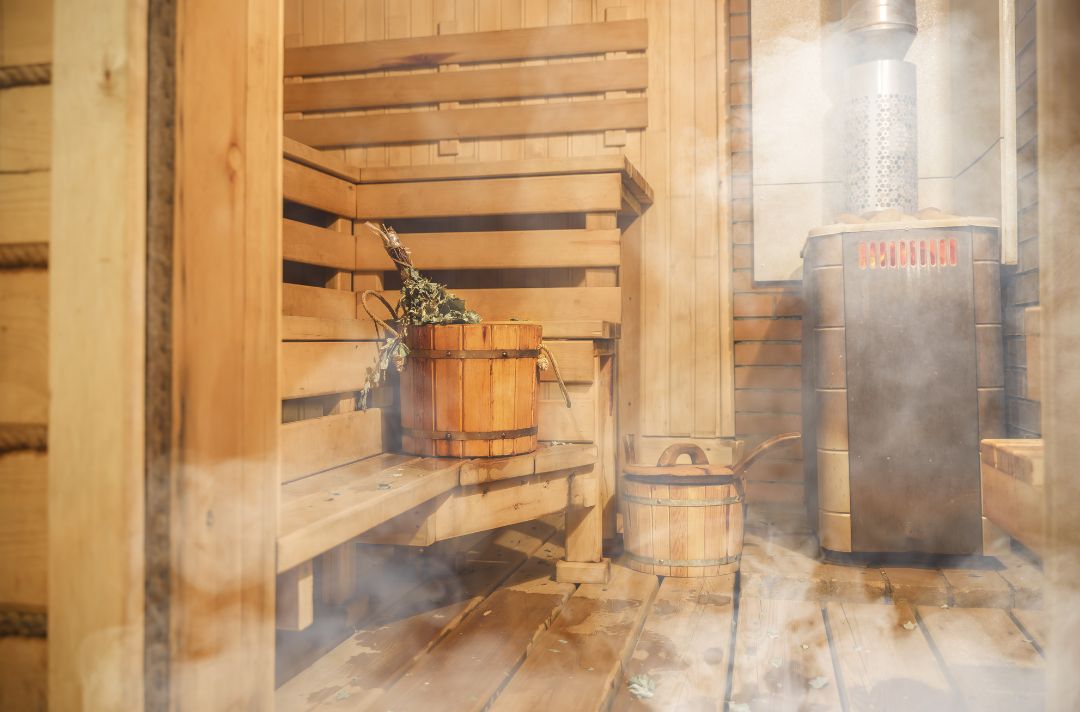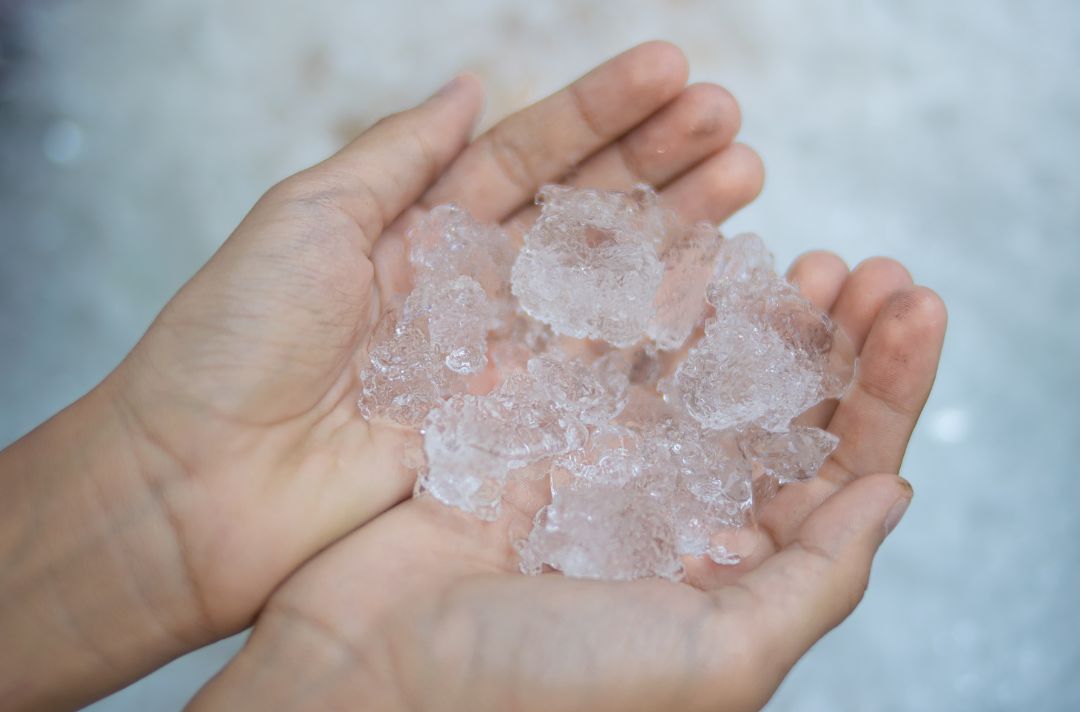Cold plunges and saunas are popular choices for wellness and recovery, each offering unique benefits. Some people prefer the refreshing chill of a cold plunge, while others find relaxation in the heat of a sauna. Whether you lean towards cold or heat, both therapies have scientifically proven advantages for athletic performance, mental well-being, weight management, skin health, sleep quality, and resilience.
In the debate between cold plunges and saunas, it’s crucial to consider their effects on the body. Saunas increase blood flow, promoting circulation, while cold plunges constrict blood vessels and reduce inflammation. Understanding these physiological responses helps determine which method best aligns with recovery goals.
This detailed article explores the advantages of cold and heat exposure, guiding you toward the choice that suits your needs and objectives. By the end, you’ll be equipped with the knowledge to make an informed decision about your recovery method.
What is a Sauna?
For many, a sauna is a place to relax and sweat, offering peace and tranquility. However, there’s more to it than just sweating. Saunas, in their diverse forms, offer a spectrum of experiences. The options are varied from compact sauna blankets to spacious rooms lined with cedar and heated rocks that generate steam. They can be traditional or infrared, each with its unique size and style, ready to cater to your preferences.
Depending on the type, saunas typically reach temperatures between 60 and 120 degrees Celsius (140F and 248F). Traditional Finnish saunas are among the hottest. Saunas can complement cold exposure methods like ice baths, a practice known as contrast therapy. Sitting in a sauna raises the body’s core temperature either through the sauna’s ambient heat or via infrared light in an infrared sauna.
With proper hydration and timing, saunas are a relaxing experience and a safe and effective recovery tool after various physical activities. The sauna’s heat widens blood vessels (vasodilation), enhancing blood flow, breathing, heart rate, and sweating. It also triggers the release of heat shock proteins, making sauna use beneficial for the body’s adaptation.

What is a Cold Plunge?
While not as relaxing as a sauna, a cold plunge provides a different kind of challenge that some people find invigorating. Instead of sweating in a sauna for recovery after a workout, some opt for an early morning cold plunge to wake up without coffee. Cold exposure like this can significantly boost focus, energy, and mood.
A cold plunge involves immersing the body in cold water to induce a mild shock and shivering response. It is also known by various names, such as ice baths, cold water immersion, or cryotherapy. Cold plunges are typically taken in small upright tubs filled with ice or purpose-built tubs with cooling mechanisms.
The water temperature in a cold plunge generally ranges from freezing (0 degrees Celsius) to cool (15 degrees Celsius). Staying submerged for 2-5 minutes is recommended, depending on the water temperature. Scientific research suggests that just 11 minutes of total weekly exposure can yield benefits from cold therapy.

The Scientific Basis of Cold Plunge vs Sauna Benefits
Saunas and cold plunges trigger different physiological responses, but both provide powerful stimuli for body and mind adaptation.
When applied correctly, the stress caused by heat or cold creates a positive stress (eustress) that strengthens the body and makes it more resilient against diseases and injuries.
An impressive finding is that regular sauna use, about 4-7 times a week, can reduce the risk of cardiovascular death by 50% compared to using a sauna only once a week.
Similarly, cold plunges or exposure to cold produce cold shock proteins and trigger adaptive responses similar to sauna use. While saunas widen blood vessels (vasodilation), ice baths narrow them (vasoconstriction) and initially trigger a fight-or-flight response that results in significant increases in dopamine (250%) and norepinephrine (530%), as well as a 350% rise in energy expenditure.
The nervous system’s dramatic response to cold water exposure also promotes the release of cold shock proteins and the creation of new mitochondria (mitochondrial biogenesis). These mitochondria are crucial for producing ATP, the body’s energy currency.
So, the question arises: which of these powerful practices is the superior choice for your health and wellness journey?
Cold Plunge vs Sauna – Which Should You Choose?
Choosing between an ice bath and a sauna depends on your goals. Both practices challenge the body uniquely, offering distinct benefits that should be weighed in the ice bath vs. sauna comparison.
Practically speaking, we often find ourselves using the ice bath and sauna, switching between them based on the time of day, the type of exercise we’ve done, and our upcoming performance needs. This adaptability makes the ice bath vs. sauna comparison so interesting. Let’s explore this further.
When to Take a Cold Plunge
Ice baths are best in the morning and are effective before physical exercise. There are important things to consider when deciding whether to use an ice bath or if a sauna might be more beneficial for recovery. It’s crucial to consider the type of training or exercise you’ve done and its goals. Understanding whether you aim for physical adaptation or performance soon after your workout is critical.
For instance, if you’ve focused on strength training and want to grow muscle, avoiding an ice bath within four hours of your workout is important because cold exposure can reduce the inflammation needed for muscle growth.
Athletes often use ice baths when they need to perform again soon, like the next day or within a few days, to reduce inflammation, swelling, and pain between events.
Recent research suggests another use for ice baths: pre-exercise. According to a 1995 study, pre-cooling with an ice bath has significantly increased testosterone and luteinizing hormone levels, enhanced exercise endurance, and reduced stress on metabolic and cardiovascular systems.
Ice baths aren’t just for athletes; many people use cold exposure for mental benefits. The potential for using an ice bath daily as a coffee alternative to boost focus, attention, and energy due to increased adrenaline, noradrenaline, serotonin, and dopamine levels, which positively affect mood, is intriguing.
However, ice baths are not recommended in the evening or at night. While they initially reduce cortisol and promote relaxation, they cause a rebound increase in core body temperature as the body reheats, which can interfere with sleep. Optimal sleep requires a drop in core body temperature, making ice baths less suitable close to bedtime.
When to Use a Sauna
And what about the sauna? Decades, and we now better understand their profound benefits. Using a sauna after exercise significantly boosts blood flow and triggers physiological responses similar to moderate-intensity cardiovascular exercise. It’s been shown to elevate growth hormone and testosterone levels significantly.
Saunas are ideal when the goal is to recover and adapt from exercise, regardless of the type of training. They are particularly beneficial after workouts, races, or game days. Saunas are excellent in the evening and have proven highly effective for recovery after workouts or exercise.
Athletes have relied on saunas for recovery in competitive sports when there’s no need for intense performance the following day. Unlike ice baths, saunas are generally safe after training. They enhance blood flow to aid in healing and repairing damaged tissue, eliminate waste metabolites from exercise, and boost growth hormones to facilitate recovery and adaptation.
Conclusion on Cold Plunge vs Sauna
Access to a sauna and a cold plunge provides athletes with a performance edge and significant benefits for those leading an active lifestyle or pursuing optimal health. We’ve highlighted the benefits of these hot and cold therapies and discussed which might suit you in the cold plunge vs. sauna debate.
Both cold plunges and saunas offer a powerful one-two punch for recovery, promoting everything from muscle repair to improved sleep. While these techniques are fantastic tools, incorporating chiropractic care into your routine can further optimize your well-being. Chiropractors can address joint dysfunction and restrictions, enhancing your body’s natural ability to heal and recover. By combining these recovery methods, you can unlock your full potential and achieve peak performance, both physically and mentally.

At Precise Chiropractic & Rehabilitation, Dr. Hands, your dedicated chiropractor, is committed to relieving your pain and enhancing your quality of life.
Contact Us!
Precise Chiropractic & Rehabilitation
2191 Defense Highway, Suite 222
Crofton, MD 21114
Phone: (410) 370-0600
Opening Hours
| Monday | 12:00pm | 6:00pm |
| Tuesday | 7:30pm | 2:00pm |
| Wednesday | By | Appointment |
| Thursday | 12:00pm | 6:00pm |
| Friday | 7:30am | 2:00pm |
| Saturday | Closed | Closed |
| Sunday | Closed | Closed |


